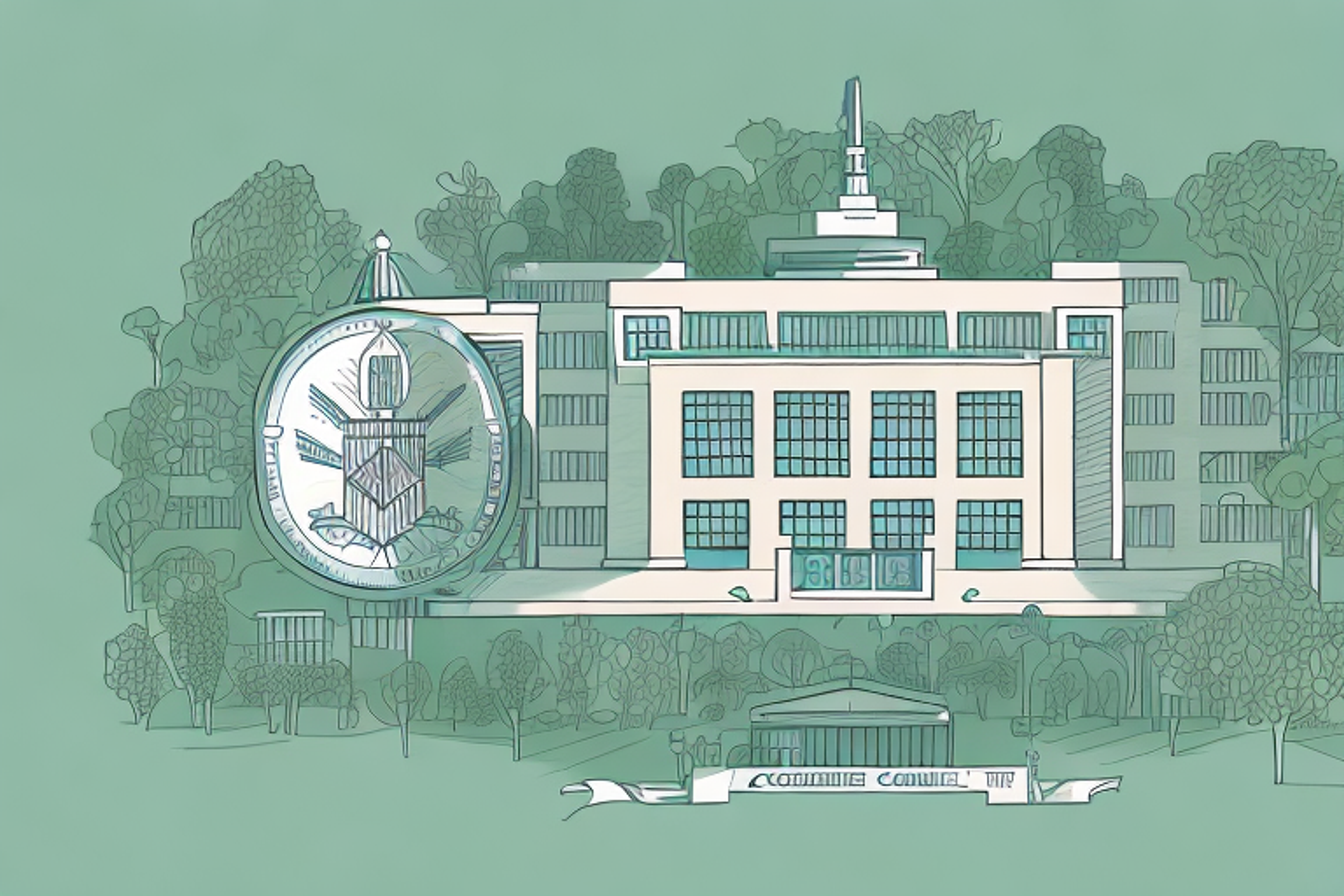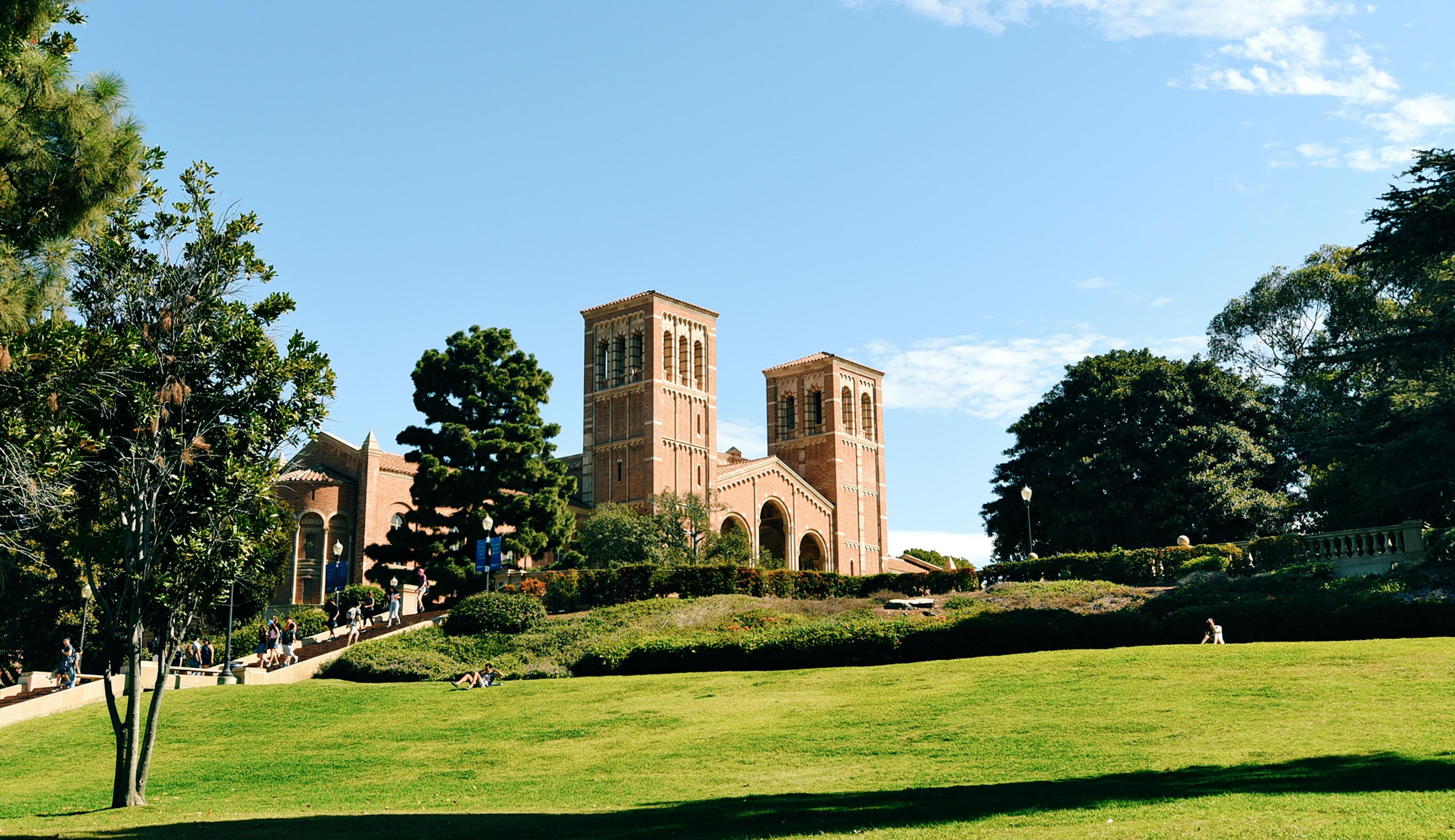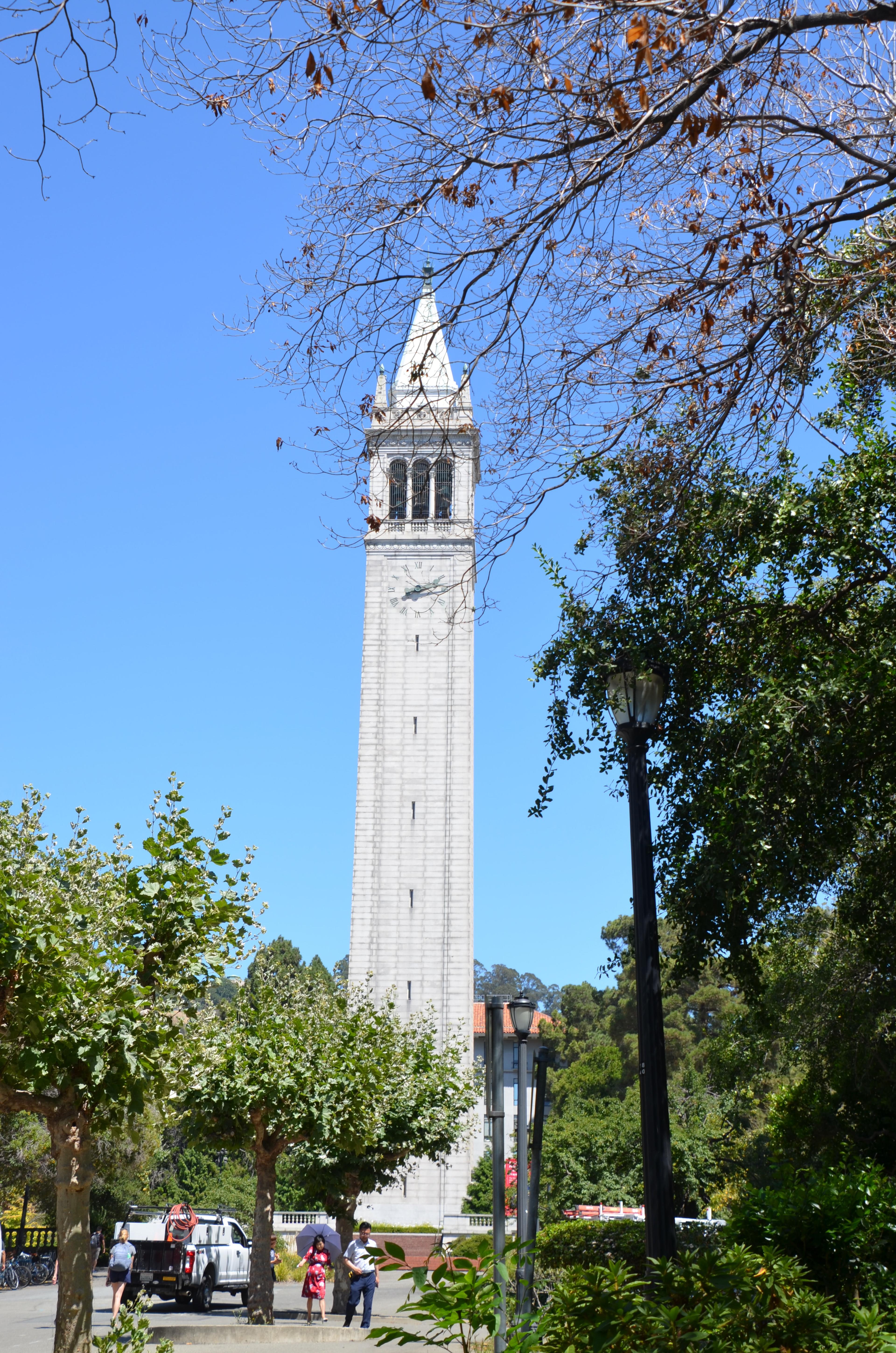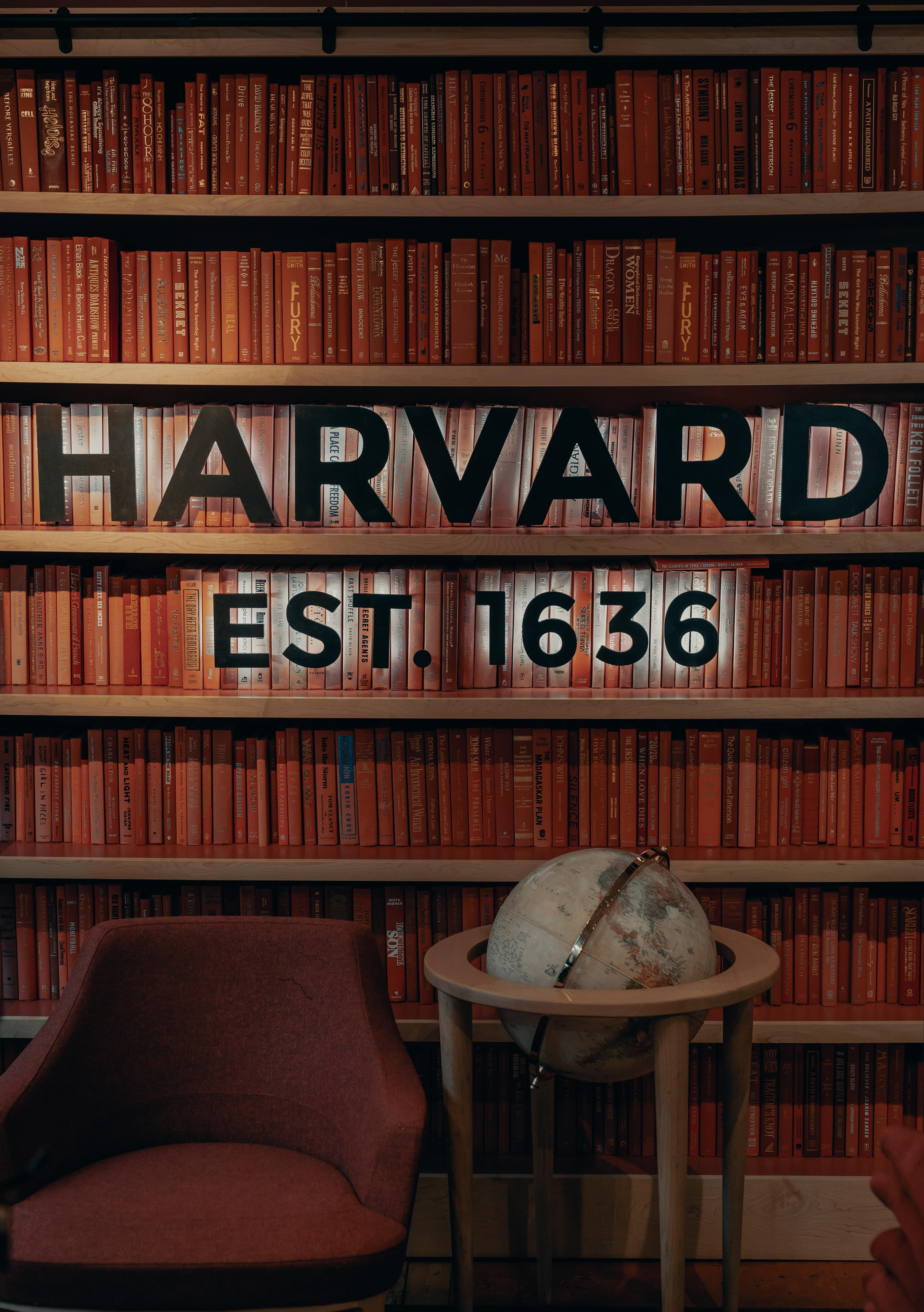
Table of Contents
Are you considering attending a liberal arts college in America, but not sure where to start? Look no further! In this comprehensive guide, we will explore everything you need to know about liberal arts colleges in America, including rankings, program offerings, campus culture, financing options, and more. Whether you're a prospective student, a concerned parent, or just curious about the liberal arts education system, this article will provide an informative overview of everything you need to know.
Understanding the Concept of Liberal Arts Education
Before we dive into the specifics of liberal arts colleges in America, let's first take a closer look at the concept of liberal arts education itself. Simply put, the liberal arts refer to a broad range of academic subjects that are intended to provide students with a well-rounded education. Unlike vocational or technical schools, which focus narrowly on specific skills or professions, liberal arts colleges offer students a diverse curriculum that encompasses a wide range of disciplines, including the humanities, sciences, social sciences, and fine arts.
What sets liberal arts education apart from other approaches is its emphasis on critical thinking, problem-solving, communication, and lifelong learning. By exposing students to a wide range of subjects and teaching them how to think analytically and creatively, liberal arts education aims to produce well-rounded graduates who are capable of adapting to a variety of career paths and contributing meaningfully to society.
The History and Evolution of Liberal Arts Colleges in America
The history of liberal arts education in America dates back to the colonial era, when the first colleges were founded in the 17th and 18th centuries. Originally modeled on European universities, these colleges were intended to provide a broad education in the classics and prepare students for leadership roles in society. Over time, the curriculum expanded to include a range of subjects, and the liberal arts model became an established approach to higher education in America.
Today, there are hundreds of liberal arts colleges throughout the United States, each with its own unique history and identity. Some are small, rural institutions with a strong sense of community; others are larger, urban colleges with a more cosmopolitan vibe. Regardless of their size or location, however, all liberal arts colleges share a commitment to providing students with a broad, interdisciplinary, and intellectually stimulating education.
Criteria for Ranking Liberal Arts Schools in America
With so many liberal arts colleges to choose from, it can be difficult to know where to start your search. Fortunately, there are several ranking systems that can help you evaluate different institutions based on a variety of factors, including academic quality, student outcomes, campus resources, and more.
Some of the most well-known ranking systems include U.S. News & World Report, Forbes, and Niche, each of which uses a different methodology to evaluate colleges and universities. While these rankings can be helpful in guiding your research, it's important to remember that they are just one data point among many. Ultimately, the best way to evaluate a liberal arts college is to visit the campus, talk to students and faculty, and get a sense of the school's values and priorities.
Top 10 Liberal Arts Colleges in America: Rankings and Profiles
Here are the top 10 liberal arts colleges in America, according to U.S. News & World Report:
- Williams College
- Amherst College
- Swarthmore College
- Wellesley College
- Middlebury College
- Bowdoin College
- Carleton College
- Pomona College
- Claremont McKenna College
- Davidson College
Each of these colleges has its own unique strengths and weaknesses, and the rankings should be viewed as starting points rather than definitive lists. However, these schools are generally considered to be among the best in the country in terms of academic quality, student outcomes, and overall reputation.
The Best Liberal Arts Programs for Different Majors and Fields
One of the appeals of liberal arts colleges is their flexibility in terms of academic majors. While some vocational or technical schools may offer a more direct path to certain professions, liberal arts colleges offer a wide range of majors that can prepare students for a variety of career paths.
Some of the most popular majors at liberal arts colleges include English, history, philosophy, economics, psychology, and political science. However, these are just a few examples of the many options available. Depending on your interests and career goals, you may also consider majors in fields such as environmental studies, gender studies, international relations, or neuroscience, to name just a few.
Unique Features and Offerings of Liberal Arts Colleges in America
What sets liberal arts colleges apart from other types of institutions? There are several distinctive features and offerings that characterize the liberal arts experience:
Pros and Cons of Attending a Liberal Arts College: Is it the Right Choice for You?
While there are many benefits to attending a liberal arts college, it's important to weigh the pros and cons to determine whether it's the right choice for you. Here are some factors to consider:
Ultimately, the decision to attend a liberal arts college will depend on your individual preferences and priorities.
Making the Most out of Your Liberal Arts College Experience: Tips and Strategies
Whether you've already committed to a liberal arts college or are still in the decision-making process, there are several strategies you can use to make the most out of your experience:
Career Opportunities and Success Stories from Liberal Arts Graduates
One concern that some students and parents have about liberal arts education is whether it will prepare them adequately for the job market. While it's true that liberal arts degrees may not lead directly to specific professions, they can provide students with a range of transferable skills and knowledge that can be applied to a variety of careers.
According to a study by the Association of American Colleges and Universities, liberal arts graduates are more likely to be employed and earn higher wages than those with more narrowly focused degrees. Moreover, liberal arts graduates often go on to successful careers in fields such as law, business, education, government, and the arts.
Financing Your Education at a Liberal Arts College: Scholarships, Grants, and Loans
While the cost of attending a liberal arts college may be a deterrent for some students and families, there are many resources available to help you finance your education. Here are some options to consider:
It's important to start thinking about financing options early in the college application process to ensure that you can make an informed decision about which college to attend.
Exploring Off-Campus Opportunities: Internships, Study Abroad, and Community Engagement Programs
Liberal arts colleges offer many opportunities for students to gain practical experience beyond the classroom. Here are some options to consider:
Campus Life and Culture at America's Top Liberal Arts Colleges
One of the defining characteristics of liberal arts colleges is their strong sense of community and campus culture. While each college has its own unique vibe, here are some general features of liberal arts college life:
Debunking Myths about Liberal Arts Education: Separating Fact from Fiction
Finally, let's address some common misconceptions about liberal arts education:
The Future of Liberal Arts Education in America: Trends, Challenges, and Innovations
As with any field of education, liberal arts colleges are constantly evolving to adapt to changing circumstances and meet the needs of students. Some of the trends and challenges facing liberal arts education in America today include:
Despite these challenges, however, the future of liberal arts education in America looks bright. By continuing to provide students with a broad-based education that fosters intellectual curiosity and critical thinking, liberal arts colleges are preparing the next generation of leaders to tackle the complex challenges facing our world.


















